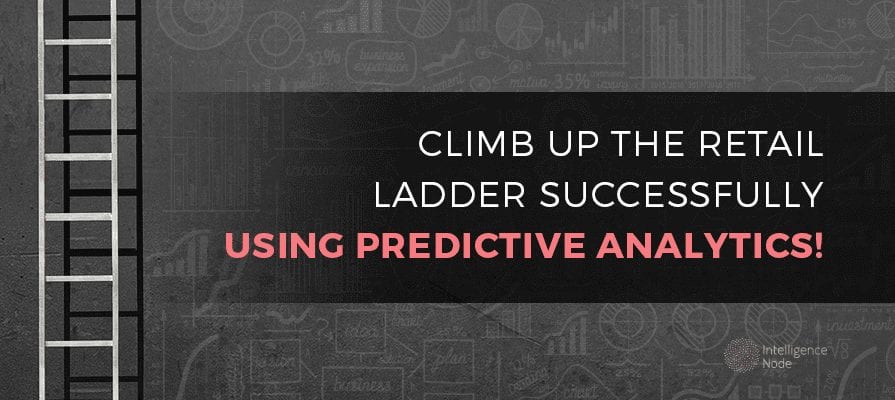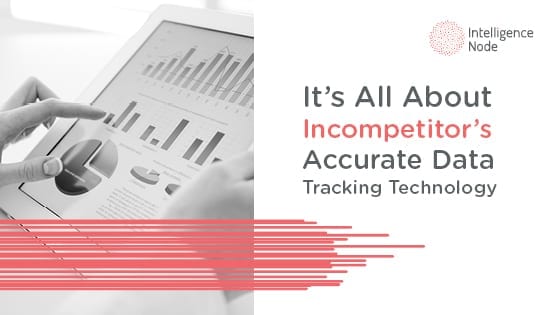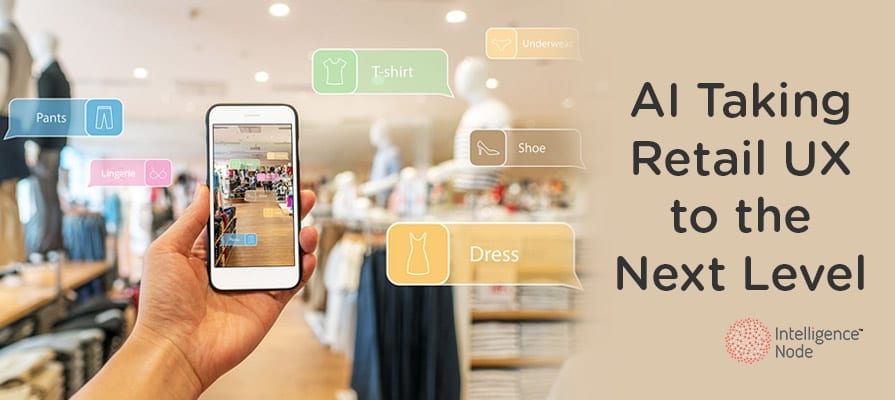If you’re in the retail marketing business, you’ll know how important retail inventory management is. Having the right product at the right time — and in the right amount — is indispensable, because you cannot stock up on an inventory without an estimate of the amount you would be spending.
Many assets have depreciation value; predictive analytics in retail is just the thing for you to switch too. In common parlance, predictive analytics simply means basing your retail marketing on the available data and managing your inventory accordingly.
For instance, if you’ve been a traditional retailer, engaging age-old consumers and finding yourself unable to expand in a manner that would adequately use your stock, retail predictive analytics would help you move forward. Using predictive analytics software would collate all the data that you have and provide you with an estimate about the inventory you have.
You can then accordingly spread out the inventory through various outlets, not keeping too much so as to cause waste, but also providing your customers with what they need and where they need it. Data management in this manner will save costs and also ensure that you do not have decaying unused stuck somewhere without any customers.
Here are a few ways in which predictive analytics in retail can work for you as a part of your retail business:
Enhancing Marketing Interactions
Forbes research suggests that more than 89% of retailers are opting to make use of predictive analytics software in 2016, and more than 40% of marketers look forward to using this as an aide to assisting them in retail inventory management for their products.
Let’s say you are in the merchandising line. A part of your job is to stock and curate clothing material along with taking care of transportation, as well as ensuring that your end consumer gets the product on time. This ultimately helps you to take care of the costs in an organized and timely manner. However, manually keeping stock of your inventory could become taxing.
This is where a retail merchandising software would come into play. In form of predictive analytics software, this nifty tool helps you collect the data and keep track of all your customers and specifically assign the products that they need, the quantity they need as well as the time in which they would need it.
You can also use this retail inventory system to keep track of the failure and successful traits of certain consumers and ensure that your inventory is disbursed accordingly. You will not only save your time but also save costs that would otherwise be caused to your organization in case an inventory that was to be sold, has gone to waste.
Predicting Demand and Supply for Your Product
Presently, a retailer can be available on both multichannel and omnichannel retail marketing. If you consider the example of brands that manage both online as well as brick and mortar stores, you would notice that predictive analytics in eCommerce is as helpful as it is in the physical management of the inventory. It helps in determining a near accurate estimate of demand and supply of your product both online and offline.
For instance, let’s once again take the example of a clothing retailer. You know that demand for a type of clothing will not be the same or consistent across various outlets. If you do not have a retail inventory system in place, it might become difficult to meet specific demands by a customer. There even might be a possibility of erroneous supply of the product. Predictive analytics in retail would help you prevent such situations. With a retail predictive analytics tool in place, you can ship the right sizes to the right place at the right time.
You can enter the stock size, the storage quantity of inventory and the allocations that would give you optimum results. You cannot miss predictive analytics in eCommerce retail shops where everything can be stored and organized online and therefore, data retailing to successful checkouts, returning customers, as well as demands, can be recorded accurately and specifically.
Risk Assessment
One of the main challenges that retailers face when it comes to the management of inventory, is to have a proper merchandising strategy for retail business. Stocks that remain idle or unsold or that have high chances of being unsuccessful can be tracked efficiently.
Retail predictive analytics also help in streamlining inventory according to the value of the products, the assigned customers and their ability to stay with your brand. You can identify key factors that increase the sales or those that might adversely affect the value of your inventory.
Assessment of risk is a major advantage of predictive analytics in the retail business. You can manage resources well using the predictive tools and also predict the needs and demands of the customers. All in all, employing a predictive analytics tool can improve your retail business by leaps and bound and you can keep up with the digitization of marketing.
Conclusively, if you look at all the business management tools that are available today, many of the leading organizations are making in-depth use of predictive analytics in retail, online marketing as well as maintenance of bulky data related to demand and supplies.
The data that is available from the suppliers, bankers, and customers when tracked manually, can lead to erroneous entries. However, with the employment of cloud storage and syncing of large amounts of data, you can not only reliably keep track of just your inventory but also the market players, the intuitive rise and fall of demands and the time periods when it would be best to reallocate your products to that particular geographical location. Predictive analytics in retail would also ultimately ensure that you can track the inventory that has the tendency to get outdated and alter your stock accordingly.
Now you can breathe easier with the use of retail predictive analytics without worrying about the inventory management, the tailor-made demands of a customer and an advanced risk assessment skill in place to make your competition and market-ready.




